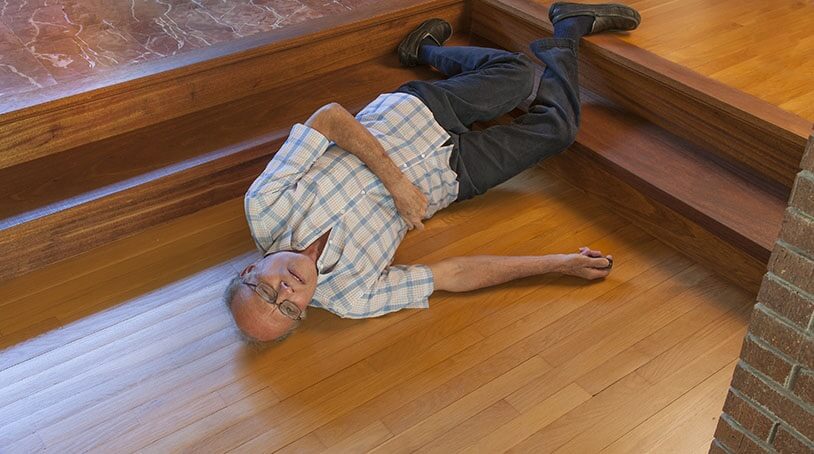The question of why fall detection matters for seniors is one of utmost importance. As individuals age, the risk of falling increases significantly, making safety a primary concern for both seniors and their caregivers. Understanding the importance of fall detection can be a game-changer, ensuring the health and well-being of our elderly loved ones.

The Growing Concern of Falls in Seniors
Falls are a leading cause of injury among seniors. According to studies, one in four older adults falls each year, but less than half tell their doctor. This alarming statistic highlights the necessity of having robust systems in place to detect and respond to falls quickly.
Risks Associated with Falls
Falls can lead to serious injuries like fractures, head trauma, and even death. The physical consequences can be severe, but the psychological impact can be just as damaging, leading to a loss of independence and increased anxiety.
How Fall Detection Works
Fall detection devices use advanced technology to monitor movement. When a fall is detected, these devices can alert emergency services or designated contacts. This rapid response can be crucial in reducing the severity of injuries. To learn more about the technology behind these devices, you can visit this link.
Different Types of Fall Detection Devices
There are various types of fall detection devices available, including wearable pendants, watches, and smartphone applications. Each offers unique features tailored to different needs, making it easier for families to find the perfect fit.
The Benefits of Fall Detection
The primary benefit of fall detection is enhanced safety for seniors. Knowing that help is just a button away provides peace of mind to both seniors and their families. Additionally, it can help maintain a senior’s independence, allowing them to live more freely without constant supervision.
Peace of Mind for Family Caregivers
Family caregivers often worry about the safety of their elderly loved ones. Fall detection devices alleviate some of these concerns, ensuring that they will be alerted in case of an emergency. This peace of mind is invaluable.
Integrating Fall Detection with Daily Living
Incorporating fall detection into daily routines can be seamless. Many modern devices are designed to be unobtrusive and easy to use, fitting naturally into a senior’s lifestyle.
Encouraging Seniors to Use Fall Detection
It’s essential to educate seniors on the importance of using fall detection devices. Encouraging them to view these devices as a tool for independence can increase their willingness to use them.
Preventing Falls: A Holistic Approach
While fall detection is crucial, preventing falls should also be a priority. Simple changes in the home, such as removing tripping hazards and installing grab bars, can significantly reduce the risk of falls. For more information on preventing falls, visit this resource.
Encouraging Physical Activity
Regular physical activity can improve balance and strength, which are critical for fall prevention. Activities like walking, tai chi, and yoga are excellent options for seniors.
Case Studies: Real-Life Impact of Fall Detection
There are countless stories of seniors whose lives have been saved by fall detection devices. These real-life examples highlight the importance of having these systems in place.
A Community’s Role in Fall Prevention
Communities can play a significant role in fall prevention by offering programs and resources to educate seniors about safety. Local organizations can provide valuable support and information.
Choosing the Right Fall Detection Device
When selecting a fall detection device, consider the senior’s lifestyle and preferences. It’s essential to choose a device that is comfortable and easy to use.
Key Features to Look For
Some key features to look for include automatic fall detection, GPS tracking, and long battery life. These features can enhance the effectiveness of the device.
Conclusion
Why fall detection matters for seniors cannot be overstated. It is a vital element in ensuring their safety and well-being. By understanding the risks and benefits, families can make informed decisions to protect their elderly loved ones. For more insights on fall prevention basics, visit this guide.

FAQ
What are the most common causes of falls in seniors?
Common causes include poor balance, vision problems, and environmental hazards. More details can be found here.
Are there different types of fall detection devices?
Yes, there are various types, including wearable devices and smartphone apps. Each type offers unique features to suit different needs.
How can I encourage a senior to use a fall detection device?
Educating them on the benefits and emphasizing the device’s role in maintaining independence can help encourage use.
This article contains affiliate links. We may earn a commission at no extra cost to you.






